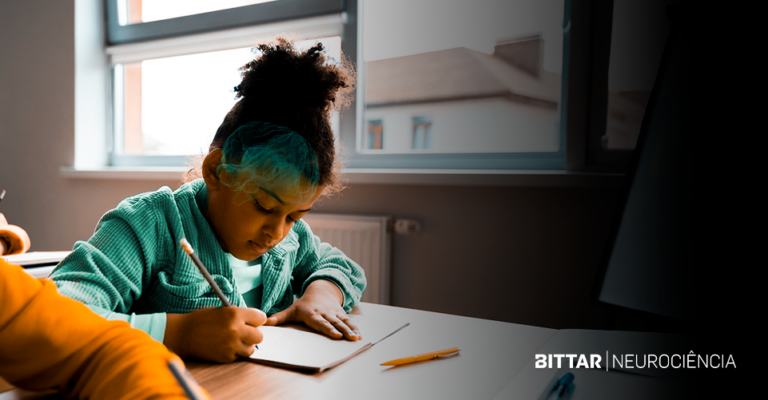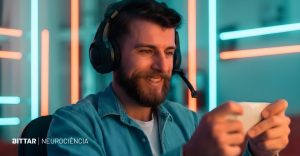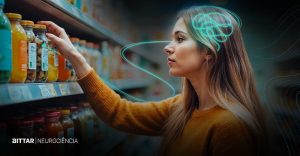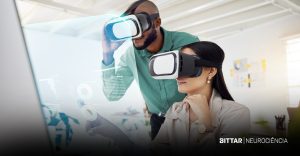Studies carried out to identify which stimuli create and strengthen neuronal connections could help improve teaching methodologies
Phenomena such as learning processes and memory formation are linked to changes in neurons and the connections between them, known as synapses. These changes are not directly related to the formation of new neurons, but primarily to modifications in the strength, combinations, and number of neural connections. This ability is referred to as synaptic plasticity.
Plasticity is influenced by the stimuli we receive throughout life. Each stimulus from our daily experiences generates electrical impulses that move in specific ways between neurons. At synapses, these electrical signals are transformed into chemical signals carried by neurotransmitters.
Several factors can inhibit or promote plasticity and, consequently, learning. In general, the more neurotransmitters are present, the greater the brain plasticity becomes – and vice-versa: with fewer neurotransmitters, plasticity is decreased. Situations that evoke feelings of reward release higher levels of the neurotransmitter dopamine. Conversely, novel or surprising situations may release another neurotransmitter called acetylcholine.
Even the release of cortisol, a hormone related to stress and fear, can have an impact on this process. Moderate doses of cortisol can improve synaptic plasticity and memory, but high doses will have the opposite effect. Besides impairing learning, chronic stress can even lead to the shrinkage of certain brain structures.
Two other factors influence the formation of neural connections and, consequently, learning: the intensity and frequency of electrical and chemical signals. When two or more neurons are activated repeatedly, these connections will last for extended periods.
For that reason, it is crucial to develop teaching and learning methodologies that consider situations and stimuli capable of releasing neurotransmitters or employ other mechanisms that positively influence synaptic plasticity.
To stay updated on developments in this field, join the Bittar Neurociência lab community and learn about our research.




